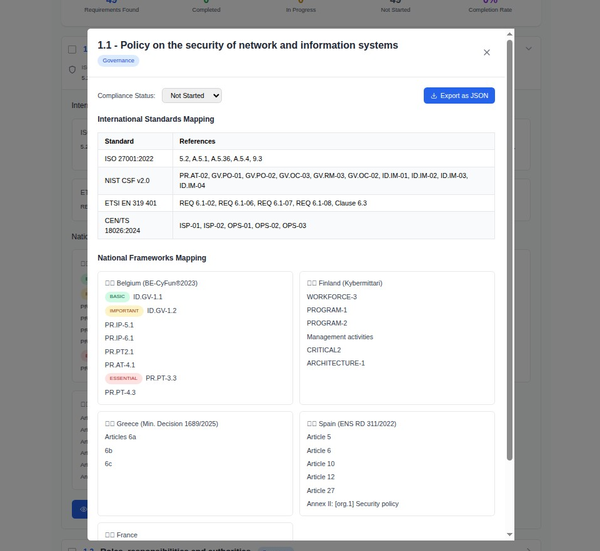Implementing a Compliance Training Program in Your Organization

Summary: This article will provide insights on how to develop and implement an effective compliance training program for employees.
Compliance training is a critical component of any organization's risk management strategy. It ensures that employees understand their legal and ethical obligations and helps to foster a culture of compliance within the organization. Here's a guide to implementing a robust compliance training program in your organization.
Understanding the Importance of Compliance Training
Compliance training is not just about ticking boxes for regulatory requirements. It's about creating a culture where employees understand the importance of compliance and are equipped to make the right decisions. It helps to prevent violations that could lead to legal penalties and reputational damage. It also demonstrates to regulators that your organization is committed to operating ethically and legally.
Steps to Implement a Compliance Training Program
- Identify Your Compliance Training Needs: The first step in implementing a compliance training program is to identify your organization's specific needs. This involves understanding the regulations that apply to your industry and the risks associated with non-compliance.
- Develop a Compliance Training Plan: Once you've identified your needs, the next step is to develop a training plan. This should outline the topics to be covered, the training methods to be used, and the frequency of training.
- Create Engaging and Relevant Content: The content of your training program should be engaging and relevant to your employees. Use real-world examples and case studies to make the training more relatable.
- Deliver the Training: There are various methods to deliver compliance training, including in-person sessions, online courses, and interactive workshops. Choose the method that best suits your organization and employees.
- Evaluate the Effectiveness of the Training: It's important to evaluate the effectiveness of your training program. This can be done through quizzes, surveys, and feedback from employees. The results can help you identify areas for improvement.
- Keep the Training Up-to-Date: Compliance regulations can change frequently, so it's important to keep your training program up-to-date. Regularly review and update your training content to reflect any changes in regulations.
- Promote a Culture of Compliance: Finally, it's important to promote a culture of compliance within your organization. This involves reinforcing the importance of compliance through regular communication and leading by example.
Conclusion
Implementing a robust compliance training program is a significant undertaking, but it's an investment that can pay off in the form of reduced risk and improved compliance. By following these steps, you can create a program that meets regulatory requirements and fosters a culture of compliance within your organization.





